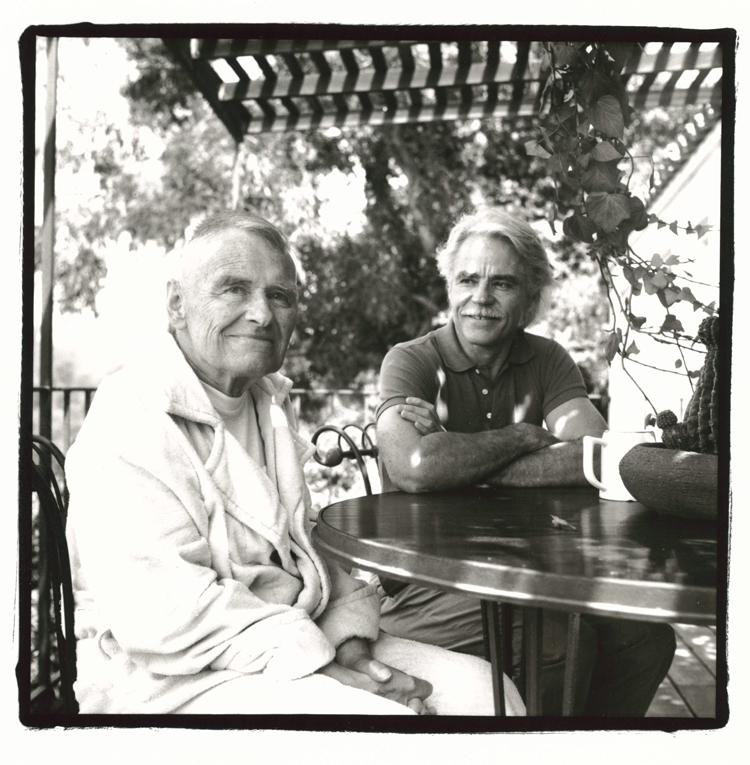Few things make better eatin’ than a tomato sandwich. And you only get them a couple of months a year, when tomatoes are in high season. Last summer, after 17 years in California, I was so starved for a tomato sandwich that I went out and bought some Bunny bread, which, in my opinion, is the best of the country-style white breads available around here.
This year, though, I’ve focused on lower carb alternatives to white-bread tomato sandwiches. Chapati bread, which I wrote about last week, serves very well. Just smear mayonnaise on a piece of the chapati bread and have some tomato, with a fork.
One of the things I’ve taken for granted since childhood is that, in July and August, there should be a row of tomatoes in the window above the kitchen sink, ripening in the sun. Does everyone do this? Or is it just something that ran in my family?





